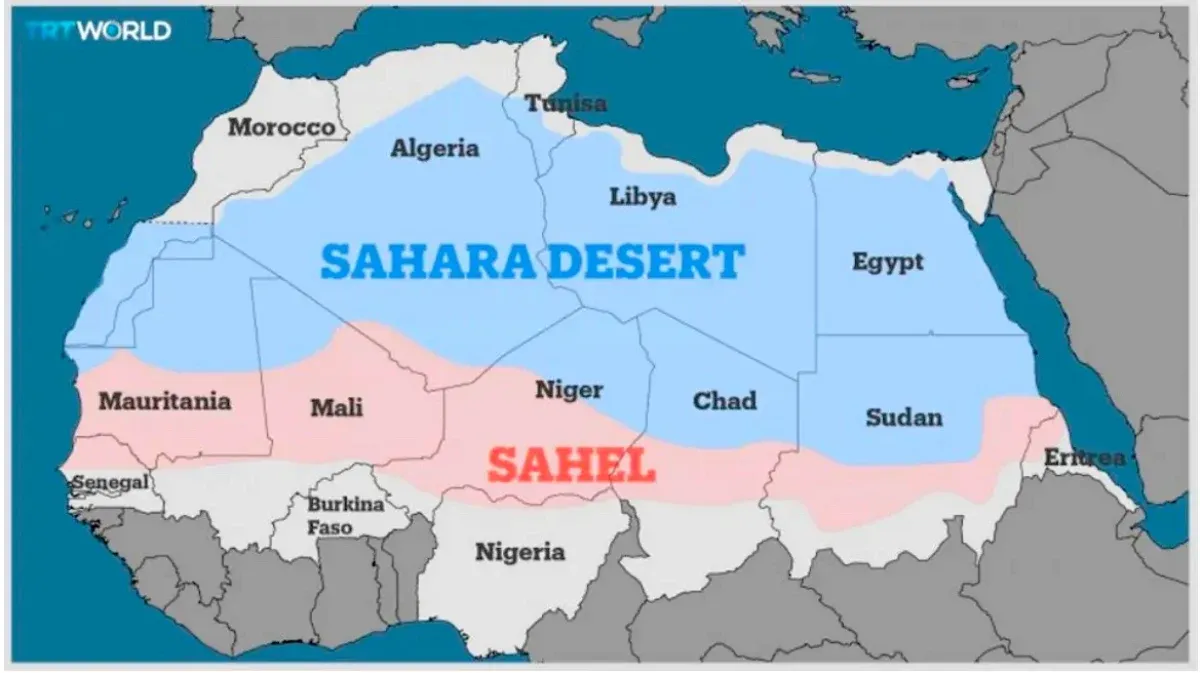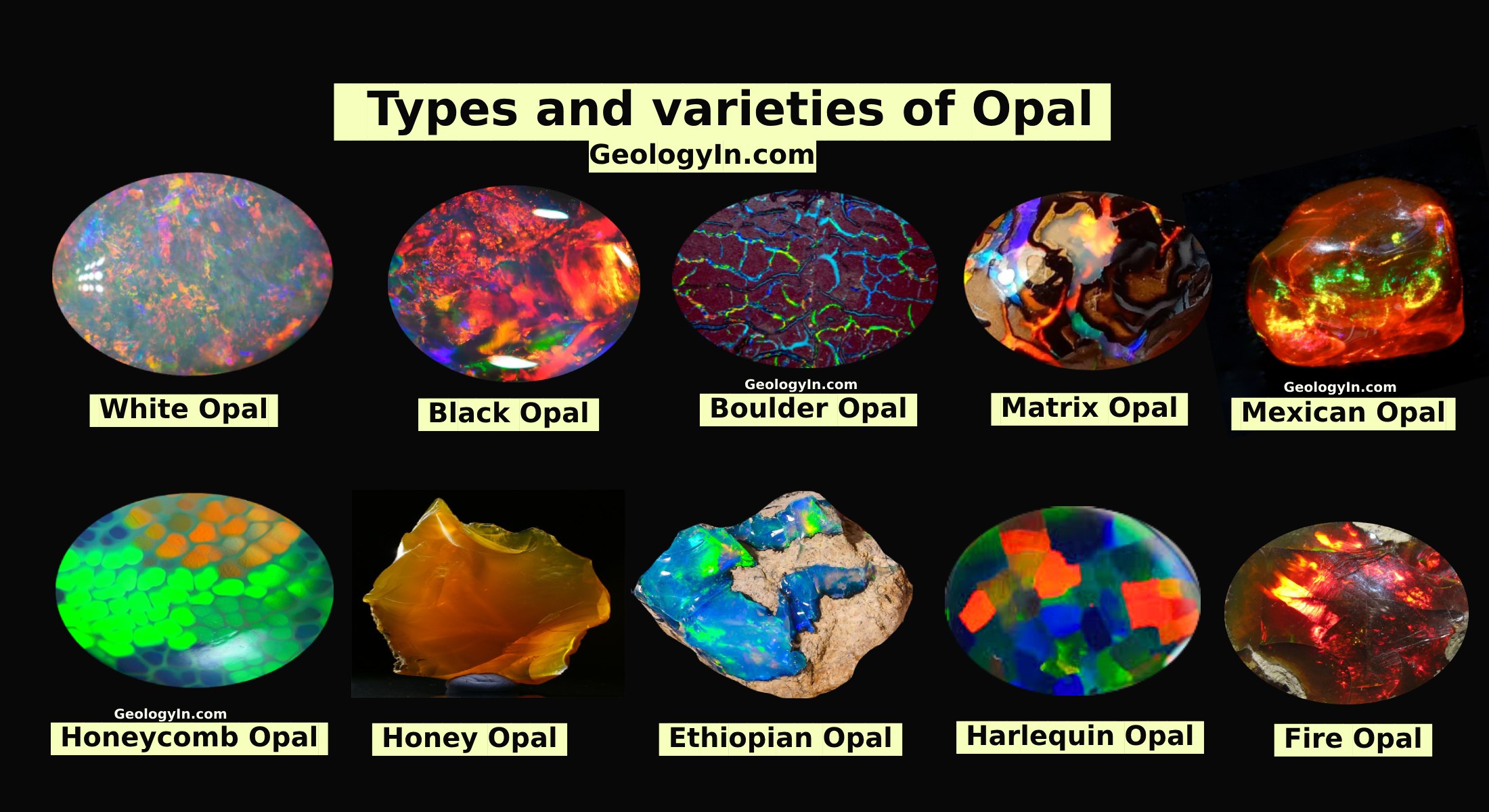Sahara Desert: Facts About the Sahara Desert
The Sahara Desert is the world's largest hot desert and the third largest desert overall, smaller only than the deserts of Antarctica and the northern Arctic. The Sahara Desert is located in North Africa. It stretches across most of the northern part of the continent, from the Red Sea to the east, the Mediterranean Sea to the north, and reaches to the Atlantic Ocean on its western edge, defining much of the continent's northern landscape with its arid environment. In this article, we will explore fascinating facts about the Sahara Desert.
 |
A map of Africa highlighting the Sahara Desert, the world's largest hot desert, stretching across northern Africa from the Atlantic Ocean to the Red Sea. |
1-Where is the Sahara Desert: The Sahara Desert stretches across North Africa from the Red Sea to the Atlantic Ocean, encompassing an area of about 9.2 million square kilometers (3.6 million square miles). It spans over several countries including Algeria, Chad, Egypt, Libya, Mali, Mauritania, Morocco, Niger, Sudan, Tunisia, and Western Sahara, covering vast expanses of sand dunes, rocky plateaus, and mountainous regions.
2-The Sahara Desert is not just sand dunes. In fact, only about 25% of the desert is covered in sand. The rest is made up of rocky plateaus, salt flats, and gravel plains.
3-The Sahara is surrounded by large water bodies; the Atlantic Ocean on the west, the Red Sea on the east, the Mediterranean Sea on the north and the Sahel Savannah on the south.
4-The Sahara is home to some of the world's oldest human fossils, dating back over 100,000 years.
5-The highest point in the Sahara is the Emi Koussi volcano in Chad, which rises to an elevation of 3,415 meters/11,204 ft.
 |
| A map of Africa showing population density where the lowest densities, nearly zero, align perfectly with the geographical expanse of the Sahara Desert. |
6-The Sahara Desert was once a lush green savanna. However, around 5,000 years ago, the climate began to change and the desert began to form. Scientists believe that this was caused by a combination of factors, including changes in the Earth's orbit and the movement of the continents.
7-The Sahara is also home to the world's hottest recorded temperature, 58 degrees Celsius (136 degrees Fahrenheit). This temperature was recorded in Libya in 1922.
8-The Sahara Desert is getting bigger. Scientists estimate that the desert is growing by about 10% per century.
9-The Sahara Desert is home to some of the world's largest sand dunes. The tallest dunes can reach heights of over 500 feet (150 meters). One of the most well-known dune fields is Erg Chebbi in Morocco.
 |
| Map of the Sahara desert |
10-The Sahara Desert is also a major source of renewable energy, with a number of solar and wind power projects in development.
11-The Sahara Desert is home to ancient civilizations. The Sahara was once home to a number of thriving civilizations, including the Egyptians, the Carthaginians, and the Romans.
12-The Eye of the Sahara, also known as the Richat Structure, is a prominent circular geological feature located in the Sahara Desert in Mauritania. Once thought to be the result of a meteorite impact, it is now widely believed to have formed through the process of erosion exposing a domed uplift of sedimentary rock layers. Its distinctive concentric rings make it a striking landmark visible from space.
 |
Aerial view of the Richat Structure, also known as the Eye of the Sahara, a unique geological formation in Mauritania. |
13-The Sahara Desert is a great place to stargaze. The Sahara is one of the best places in the world to stargaze. The dark skies and lack of light pollution make it easy to see the stars and planets.

%20(1).webp)






